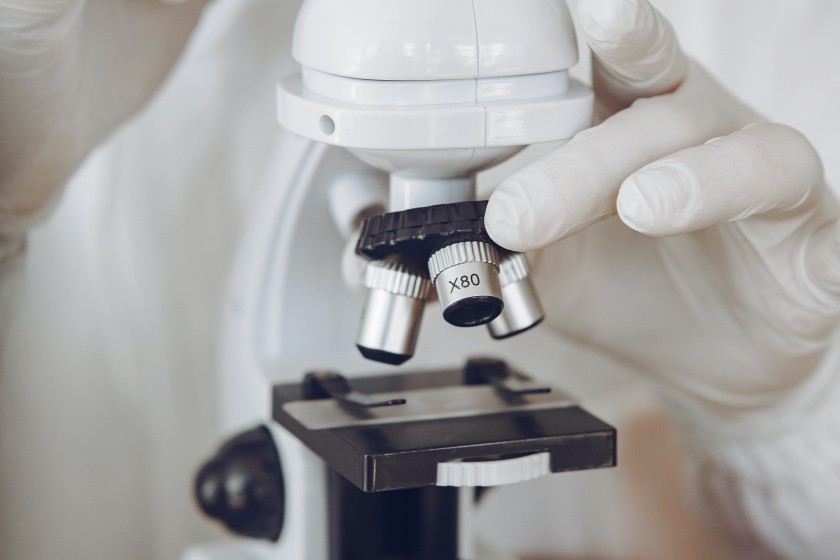How COVID-19 is Different From Other Coronaviruses
Published: Apr 23, 2020By Alison Pondo

The first time human coronaviruses were identified was in the mid-1960s. So if we’ve been studying and collecting data on the family of viruses known as coronavirus for so long, why is the COVID-19 strain causing a global pandemic now?
According to the CDC, the coronavirus family of viruses includes four common strands of the virus, which often cause mild respiratory infections like the common cold, and three other human coronaviruses. These other types of human coronaviruses caused the 2003 Severe Acute Respiratory Syndrome (SARS) outbreak, the 2012 Middle East Respiratory Syndrome (MERS) outbreak, and now COVID-19, also called SARS-CoV-2.
Coronaviruses can live in both humans and animals. When a coronavirus transmits from an animal species to humans, that is when a new type of coronavirus is formed, or a “novel” coronavirus. The COVID-19 novel coronavirus was transmitted to humans from an animal population, and since this is the first time human immune systems have seen this particular strain, we have not developed any immunity yet.
“What makes this a ‘novel’ strain is that it’s never been seen in humans before,” said Dr. David Wein, chief of emergency medicine at Tampa General Hospital. “When a virus jumps from a non-human mammal host to a human host, it can cause severe disease. We’re also noticing that the COVID-19 strain is a lot more infectious, or contagious, than other novel coronaviruses.”
COVID-19 has rapidly spread around the globe and while there are still a lot of unknowns about COVID-19, Dr. Wein explains that what we do know is key to protecting ourselves from the virus.
“Research is showing that COVID-19 is spread through droplets from coughing or sneezing, which is why it’s so important to be wearing masks now,” said Dr. Wein. “We’re also seeing fomite transmission, which is the spread of the virus through touching surfaces like doorknobs and hands.
While other coronaviruses are not transmitted by airborne spread, this is still being researched for COVID-19. As teams across the nation continue to study COVID-19 and its effects, the most important thing you can do is follow the CDC’s recommendations, which are updated based on this research.
Although there are currently no vaccines available to protect against human coronaviruses, there are ways you can prevent infection:
-
Wash your hands with soap and water for at least 20 seconds
-
Avoid touching your eyes, nose or mouth
-
Cover your mouth when you cough or sneeze and wash your hands immediately after
-
Clean and disinfect objects and surfaces around your house
-
Avoid close contact with people who are sick and stay home when you are sick
-
Wear a cloth face covering in public settings where other social distancing measures are difficult to maintain
For more information on COVID-19, visit the TGH Coronavirus Hub.
